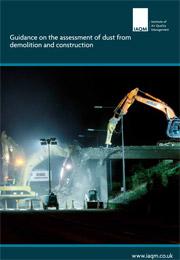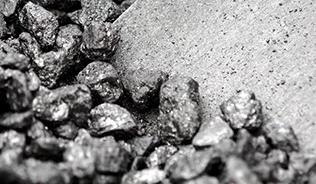IAQM have released new guidance on the assessment of dust from demolition and construction.
Construction sites can give rise to annoyance due to the soiling of surfaces by dust and increase long term, particulate matter (PM10) concentrations.
Local planning authorities often require the air quality impacts of new developments to be assessed as part of the decision making process. The document provides guidance for developers, their consultants and environmental health practitioners on how to undertake a construction impact assessment (including demolition and earthworks).
The impacts of dust depend on the mitigation measures adopted. The emphasis in this document is therefore on classifying the risk of dust impacts from a site, which will then allow appropriate mitigation measures to be identified.
The Chair of the working group who prepared the document, Dr Claire Holman, comments:
“The potential for construction dust is often given scant consideration in the planning process, yet it can increase particulate matter in the air causing health effects as well as annoying the local community. There is no excuse. Demolition and construction dust can be well controlled using established methods. This guidance is important because it provides a method for assessing the risk and determining the appropriate mitigation measures that should be used.”
This is a substantial rewrite of previous guidance published in 2011, adopting the lessons learnt from the application of the previous guidance over the past two years.



